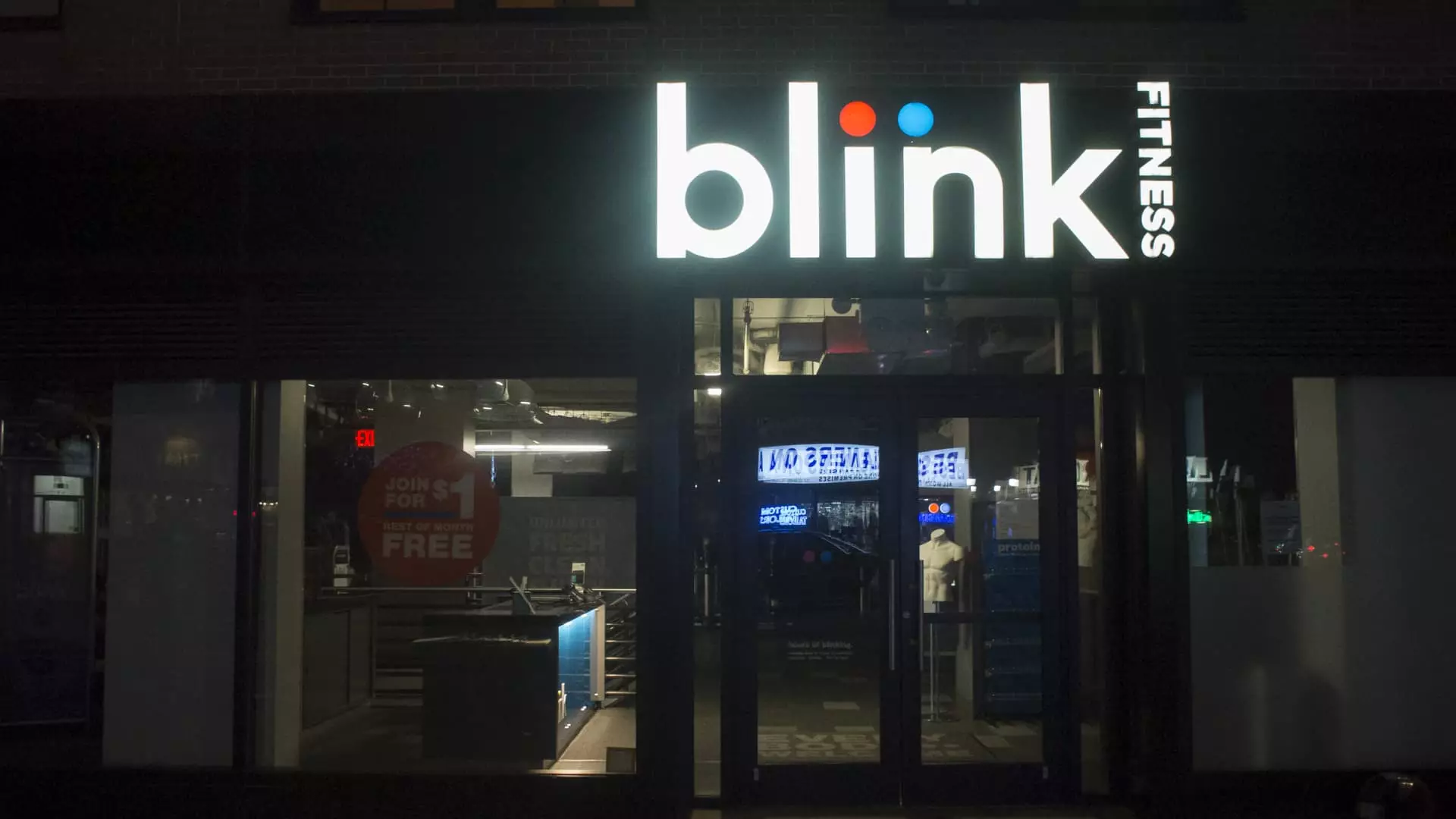In a world where fitness centers are a dime a dozen, it is crucial for companies to manage their finances effectively in order to survive. Blink Fitness, a budget-friendly gym chain owned by luxury fitness company Equinox Group, serves as a cautionary tale for businesses in the fitness industry. With over 100 centers in the U.S., Blink Fitness recently filed for Chapter 11 bankruptcy protection, joining the ranks of other chains such as New York Sports Club, 24 Hour Fitness, and Gold’s Gym.
The decision to seek bankruptcy post-pandemic was not made lightly by Blink Fitness. The company plans to sell its business, with assets listed at $100 million and liabilities at $500 million. Despite these financial challenges, Blink Fitness intends to continue operating its fitness centers during the sale process. In a statement, CEO and president Guy Harkless expressed optimism about the future, emphasizing the board and management team’s commitment to long-term success.
Equinox Group, Blink Fitness’ parent company, has also made strategic moves to improve its financial standing. Luxury fitness center Equinox recently completed a $1.8 billion funding round to refinance its debt. The company reported a 27% revenue increase in 2023 and saw membership levels nearly return to pre-pandemic levels. Equinox has plans to open more than two dozen new locations globally and even launched a $40,000 annual gym membership targeting affluent members to boost its finances.
While Blink Fitness offers memberships ranging from $17 to $39 per month, it faces stiff competition from other budget gym chains like Planet Fitness. Despite raising its base membership price to $15 per month in June, Planet Fitness saw strong membership growth of 7% year over year in the second quarter, reaching a total of 19.7 million members. Planet Fitness shares reached a 52-week high, demonstrating the company’s financial strength compared to Blink Fitness.
The downfall of Blink Fitness serves as a valuable lesson in financial management for businesses in the fitness industry. In an era where consumer spending habits are evolving, companies must adapt and innovate to remain competitive. By prioritizing financial stability, diversifying revenue streams, and understanding market dynamics, fitness chains can navigate challenges and sustain long-term success.
The story of Blink Fitness highlights the importance of prudent financial management in the fitness industry. While the company faces challenges, there is potential for growth and recovery with the right strategies in place. By learning from past mistakes and embracing change, Blink Fitness and other fitness chains can emerge stronger and more resilient in the face of adversity.

Leave a Reply